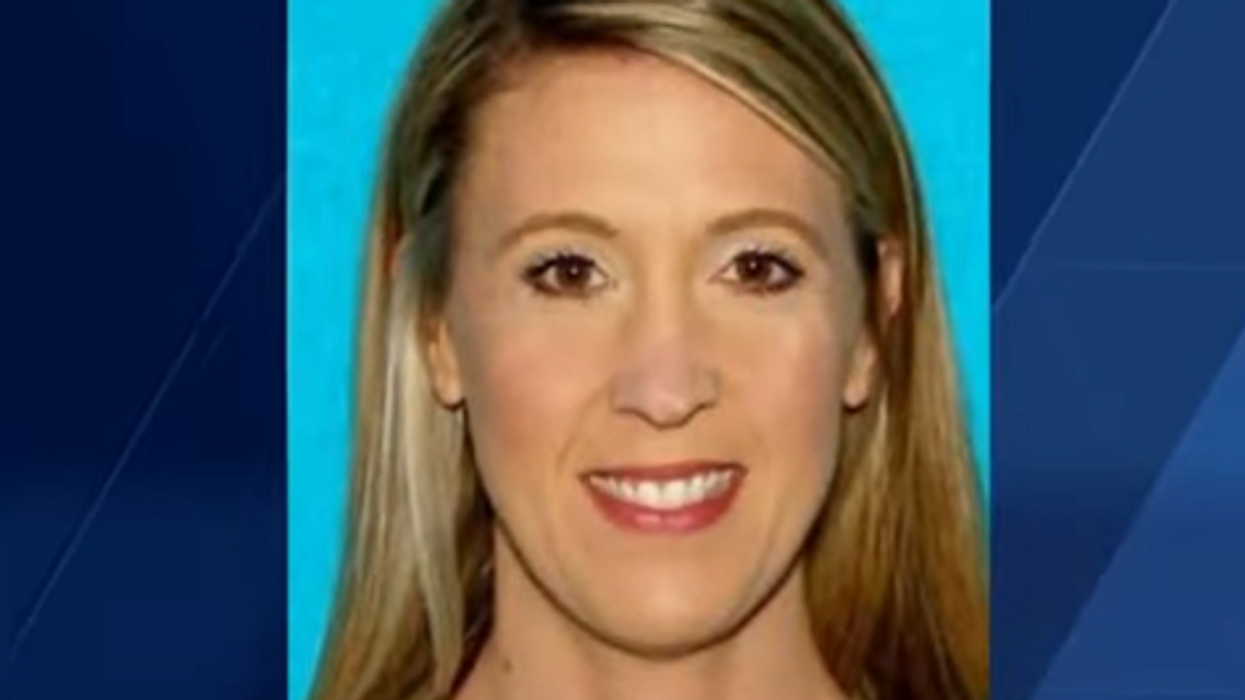
© 2024 Blaze Media LLC. All rights reserved.
A Special Blaze Report Series: Why do so Many Conservatives Want out of Their States?
October 25, 2013
As the differences between conservatives and liberals grow, how can our federal government adequately represent all interests?
This is the second part of a six-part series that is exclusive to TheBlaze. To read the first essay, click here.Â
�
Call state and county realignment efforts in Colorado, California, and Maryland burgeoning rebellions against leftist-driven big government imposition.
Conservative and rural Coloradans, for example, are so excised by the high-handedness of urban liberals who dominate the Centennial State�s government that 11 northeastern counties have declared a desire to form their own state.  \Votes are scheduled in those counties on Nov. 5.
[sharequote align="center"]There�s a fundamental break between urban liberals and rural Coloradans over morals, values and faith[/sharequote]
Meanwhile, five counties in Maryland�s panhandle want out. Two counties in northern California want no part of San Francisco, Los Angeles, and Sacramento, where liberal Democrats have an unending lock on state government.
The clash, as Pat Buchanan pointed out in a commentary for WND, is economic. Colorado�s urban liberals � many of them affluent, liberal California migrants and young �blues� � are imposing laws that injure agriculture and energy development and production in much of rural Colorado.
Former rural Texas congressman Charles Stenholm, a self-identified �Blue Dog Democrat,� who prior to the 2010 election tsunami that hit his party, wrote for "The Hill":
This has certainly been the case with the [federal] government�s energy and agriculture policies. They may be red meat to the liberal base but they are crippling rural America and commercial agriculture.
And that�s true on state levels as well. In California, for instance, coastal liberals have crippled Central Valley agriculture through stringent environmental regulations, including water use.
Businesses � mostly small � are bearing the brunt of Denver-based liberals� green policies. Rural Coloradans� jobs and incomes are threatened. Putting food on the table, a roof overhead, and clothes on backs are basics that anyone would fight over.
But there�s more than economics involved. There�s a fundamental break between urban liberals and rural Coloradans over mores, values, and faith. Imposition government is a total war, of sorts, on ancestral America, and those Coloradans, Californians, and Marylanders who hold fast to traditional concepts of family, community, and faith.
From the "Huffington Post":
But perhaps the most telling numbers pertained to the breakdown of the respondents' politics: 40 percent of liberals claim they have no religion, compared to just 9 percent of conservatives.
Thus, we can correctly conclude that rural America is by far more conservative than urban America.
But how could realignment take place?  \As a commenter from our first article in this series correctly stated, Article Four of the Constitution provides the framework for creating new political entities: �New States may be admitted by the Congress into this Union; but no new States shall be formed or erected within the Jurisdiction of any other State; nor any State be formed by the Junction of two or more States, or parts of States, without the Consent of the Legislatures of the States concerned as well as of the Congress.�
Therefore, let�s first look at the places that are already taking action to split. Since it is unlikely the Congress would currently approve the formation of new states, particularly since such an action would add more conservative U.S. Senators, the option of merging the territory with other existing pro-freedom states may be more plausible.
In Colorado, the counties discussing separation all are contiguous to Wyoming, and could conceivably petition to be included in that state. Having the least number of inhabitants (576,412 according to the latest US Census figures) of any American state, Wyomingites should find annexing the counties to be a positive addition for both their state and the new inhabitants.
Turning to California, the northern counties that desire to found the state of Jefferson may not be able to do so, but proposing they join most of what is eastern Oregon�s 2nd Congressional District for purposes of merging with Idaho could provide this region a workable solution.
In the Mid-Atlantic, where western Maryland counties would like to split from the rest of the state, joining with central and western Pennsylvania counties and possibly some isolated individual, but contiguous, entities in Upstate New York could allow for more territory coming to West Virginia�another smaller state where a population influx would be viewed positively.
But, wouldn�t dominating liberals in the state capitols and Congress block such moves? Because of their political strength, the left has the power to stop these freedom quests dead in their tracks. And, they undoubtedly will�unless, they see gain for themselves.
It�s here where another of our commenter�s suggestions comes into play. The commenter correctly made the point that the Constitution originally apportioned congressional districts in increments of 30,000 people.
In fact, the only recorded speech George Washington made to the Continental Congress was to argue for small representative districts that would remain close to the people. Now, with typically more than 700,000 people per district, it�s not possible for one representative to adequately express the views of his or her constituency in the way the Founding Fathers intended.
If we revert to the constitutional representation formula, the House of Representatives would have 10,564 members based upon today�s U.S. population of just over 316 million people. Obviously, the formula must change significantly, but it is just as clear that government of the people, by the people, and for the people would improve with a larger House of Representatives of which the membership has the ability to stay closer to their constituents back home.
Therefore, if restructuring were to take place, not only could there be a realigning of state boundaries, but more congressional seats should be awarded to all states in order to better represent our diverse national views.
Such a new system would likely decrease the importance of gerrymandered districts and partisan battle lines. This could lead to a representative body that includes more than just two political parties, and would better represent a changing and more complex United States of America. The ability to craft answers has been compromised when representatives from only two political organizations won�t yield to anything but an all-or-nothing solution. Dramatically increasing the size of Congress would help create better legislative remedies.
Restructuring the population so more people can live under the governmental system they desire � conservatives in largely more rural areas that emphasize free enterprise economics and traditional American values; liberals in urban zones under intense governmental authority and wealth redistribution � would allow for stark �laboratories of democracy,� and become better test cases for whether freedom or statism is the superior system.
In our next installment, we�ll look at what the experts have to say about realigning the states.
Feature Photo Credit: AP
�
TheBlaze contributor channel supports an open discourse on a range of views. The opinions expressed in this channel are solely those of each individual author.
Want to leave a tip?
We answer to you. Help keep our content free of advertisers and big tech censorship by leaving a tip today.
Want to join the conversation?
Already a subscriber?
more stories
Sign up for the Blaze newsletter
By signing up, you agree to our Privacy Policy and Terms of Use, and agree to receive content that may sometimes include advertisements. You may opt out at any time.
© 2024 Blaze Media LLC. All rights reserved.
Get the stories that matter most delivered directly to your inbox.
By signing up, you agree to our Privacy Policy and Terms of Use, and agree to receive content that may sometimes include advertisements. You may opt out at any time.


